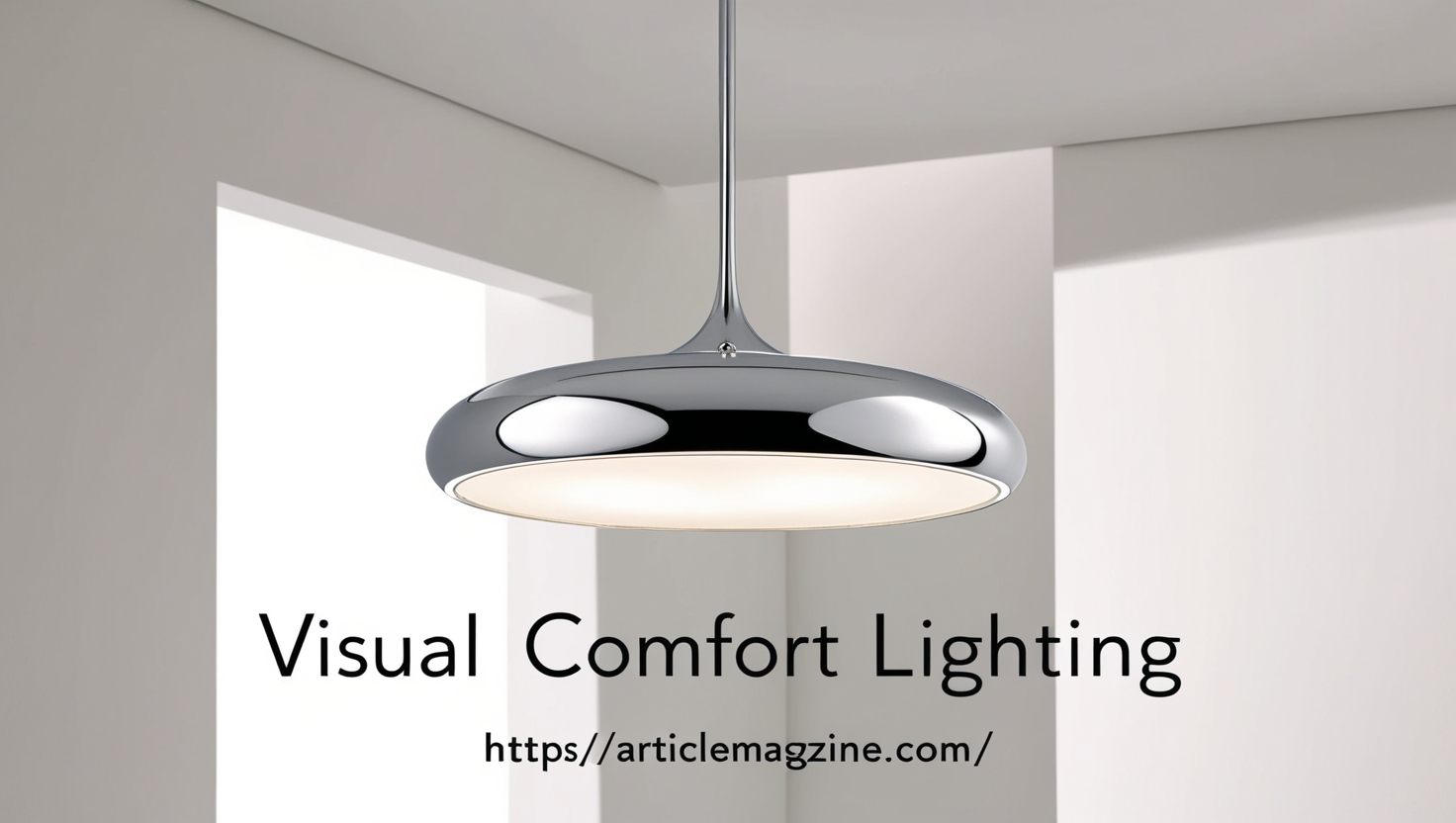Introduction
In interior design and architecture, lighting is pivotal in creating ambience and functionality. One concept that has gained significant traction in recent years is visual comfort lighting. This approach prioritizes the visual experience of occupants, ensuring that spaces are well-lit and comfortable for the eyes. This article will delve into what visual comfort lighting entails, its benefits, design principles, and how to effectively incorporate it into various environments.
What is Visual Comfort Lighting?
Visual comfort lighting refers to the strategic use of light to create a harmonious environment that minimizes glare and eye strain while maximizing visibility and aesthetic appeal. This concept goes beyond mere illumination; it emphasizes the quality of light, considering factors such as brightness, color temperature, and distribution. The ultimate goal is to enhance the overall experience of a space, making it more inviting and functional.
The Importance of Visual Comfort Lights
Understanding the importance of visual comfort lighting is essential for anyone involved in design or architecture. Poor lighting can lead to discomfort, headaches, and reduced productivity, while well-designed lighting can elevate a space’s atmosphere and usability. Here are some reasons why visual comfort lighting is crucial:
- Health and Well-being: Adequate lighting can significantly impact mental and physical well-being. Natural light improves mood and productivity, while poor lighting can lead to fatigue and discomfort.
- Enhanced Aesthetics: Visual comfort lighting can transform a space, highlighting architectural features and creating a welcoming atmosphere. The right lighting design can make rooms feel larger, warmer, and more inviting.
- Functionality: Different tasks require different lighting levels. Visual comfort lighting considers this, ensuring that workspaces are well-lit without causing glare, allowing for maximum efficiency and comfort.
Vital Principles of Visual Comfort Lighting
To achieve adequate visual comfort lighting, designers and architects should consider several fundamental principles:
- Layered Lighting: This approach combines ambient, task, and accent lighting to create a balanced illumination scheme. Ambient lighting provides overall illumination, task lighting focuses on specific areas, and accent lighting highlights particular features or objects.
- Natural Light Integration: Incorporating natural light is fundamental to visual comfort lighting. Large windows, skylights, and reflective surfaces can maximize daylight, reducing the need for artificial light and enhancing the overall aesthetic.
- Adjustable Lighting: The ability to adjust lighting levels is vital for creating visual comfort. Dimmers and intelligent lighting systems allow occupants to customize their environment based on personal preferences and tasks.
- Color Temperature: The color temperature of light sources can greatly influence a space’s mood. Warmer light (2700K to 3000K) is generally more inviting and comfortable, while more fantastic light (3500K to 5000K) can enhance focus and productivity.
- Glare Reduction: Reducing glare is a fundamental aspect of visual comfort lighting. This can be achieved through proper fixture placement, using diffusers, and selecting appropriate light sources that minimize harsh reflections.
How to Incorporate in Different Spaces
Now that we understand the principles of visual comfort lighting let’s explore how to implement this concept in various environments:
Residential Spaces
It can be applied in various rooms in homes. Living areas benefit from layered lighting with a mix of ambient, task, and accent lighting. For instance, installing dimmable fixtures in the living room creates a cozy atmosphere for relaxation, while bright task lighting in the kitchen facilitates cooking and food preparation.
Office Environments
In the workplace, It is crucial for enhancing productivity. Open-plan offices can utilize a combination of natural light and adjustable task lighting to reduce eye strain. Moreover, placing workstations near windows allows employees to benefit from daylight while providing adjustable desk lamps for specific tasks.
Educational Institutions
Classrooms can greatly benefit from visual comfort lighting as well. Natural light should be maximized to create an inviting learning environment. Supplementing this with appropriate task lighting can help students focus on their work without distractions from glare.
Retail Spaces
In retail, visual comfort lighting is essential for showcasing products effectively. Ambient lighting can create a welcoming atmosphere, while focused accent lighting can highlight specific merchandise. Avoiding harsh overhead lighting helps create a more pleasant shopping experience.
The Future
As technology advances, the future of visual comfort lighting looks promising. Smart lighting systems that automatically adjust based on time of day and occupancy will enhance comfort levels further. Additionally, the growing emphasis on sustainable design means that energy-efficient lighting solutions will play a significant role in creating visually comfortable environments.
Conclusion
In conclusion, visual comfort lighting is a vital aspect of design that enhances the quality of life for individuals in various spaces. By prioritizing comfort, functionality, and aesthetics, designers can create environments that foster well-being and productivity. Whether in residential, commercial, or educational settings, understanding and implementing the principles of visual comfort lighting can lead to more inviting and effective spaces. As we move forward, the integration of technology and sustainable practices will continue to evolve, making visual comfort lighting an essential consideration in modern design.
